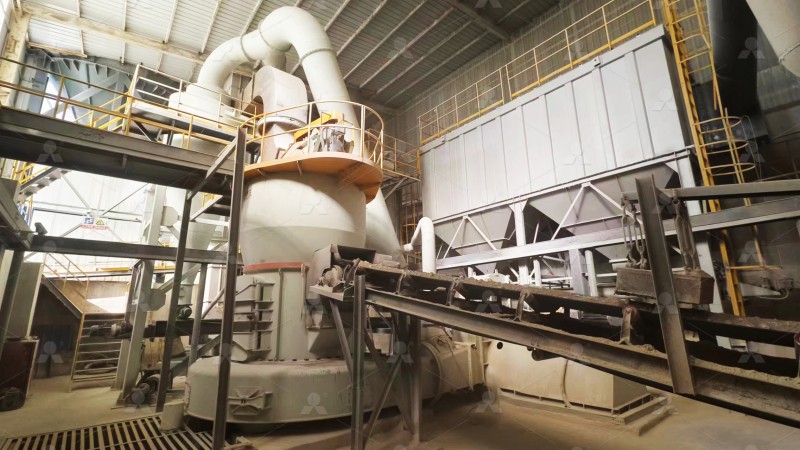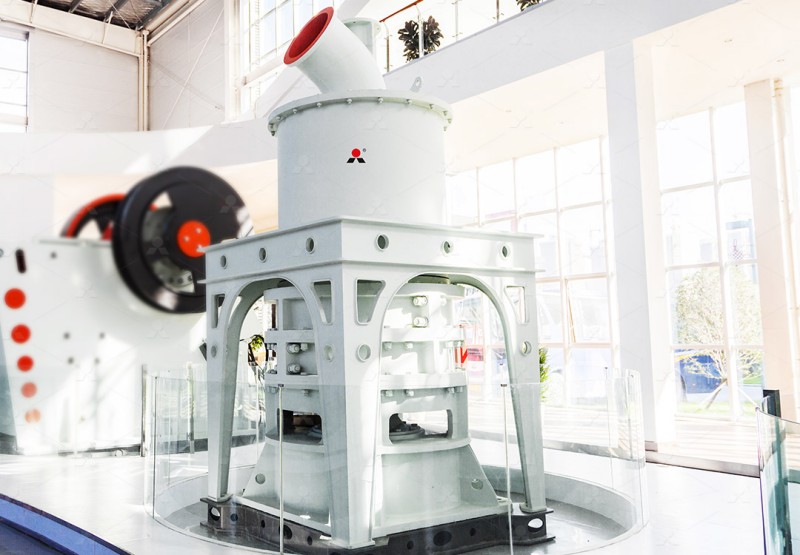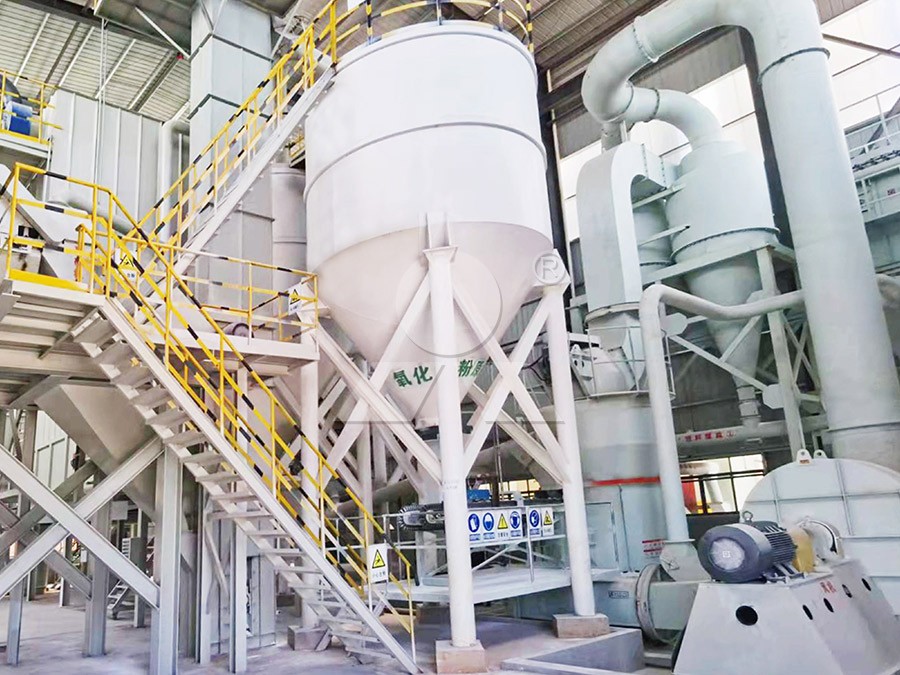How Much Does a Feldspar Sandstone Grinding Mill Machine Cost?
How Much Does a Feldspar Sandstone Grinding Mill Machine Cost?
As a project manager overseeing mineral processing operations, I’ve fielded this question countless times from clients looking to optimize their feldspar sandstone production. The truth is, there’s no single price tag that applies universally. The cost of a feldspar sandstone grinding mill depends on several critical factors that we’ll explore in this comprehensive guide.
Feldspar sandstone presents unique grinding challenges due to its variable hardness and composition. Unlike simpler materials, it requires specialized equipment that can handle its abrasive nature while producing the consistent particle size distribution demanded by various industries.

Key Factors Influencing Grinding Mill Costs
When budgeting for a feldspar sandstone grinding operation, consider these essential elements:
Production Capacity Requirements: The throughput capacity you need dramatically impacts pricing. Smaller operations requiring 1-5 tons per hour will find different pricing structures than large-scale operations needing 50+ tons per hour. Your required final product fineness also plays a crucial role—higher mesh numbers (finer powders) typically require more sophisticated and costly equipment.
Technology Level: Basic Raymond mills represent the entry-level investment, while advanced ultrafine grinding systems with integrated classifying technology command premium pricing. The automation level, energy efficiency, and environmental compliance features all contribute to the final cost.
Additional System Components: Remember that the grinding mill itself is just one part of a complete system. You’ll need to budget for auxiliary equipment including crushers, feeders, elevators, dust collectors, and electrical control systems.
Recommended Solutions for Feldspar Sandstone Grinding
Based on our extensive experience with mineral processing applications, we typically recommend two exceptional solutions for feldspar sandstone grinding:
MW Ultrafine Grinding Mill: This advanced system represents the cutting edge in ultrafine powder production. With an input size capability of 0-20 mm and capacity ranging from 0.5-25 tph, the MW series excels where superior fineness is required. Its innovative design features higher yielding at lower energy consumption—achieving 40% higher production capacity than jet grinding mills with only 30% of the energy consumption. The adjustable fineness between 325-2500 meshes makes it incredibly versatile for various feldspar sandstone applications.

MTW-Z European Trapezium Mill: For operations prioritizing robust performance and lower maintenance costs, the MTW-Z series offers exceptional value. Its grinding roller adopts dilute oil lubrication technology, eliminating frequent maintenance while reducing operational costs. The absence of a shovel blade cylinder increases ventilation area and reduces air-conveying resistance, while the elastic volute damping structure ensures stable operation even with variable feed materials.
Understanding the Total Investment
Beyond the initial equipment purchase, consider these additional cost factors:
Installation and Commissioning: Factor in site preparation, foundation work, electrical connections, and professional installation. Complex systems may require specialized technical support during commissioning.
Operational Costs: Energy consumption represents the most significant ongoing expense. Modern efficient mills like our MW series can reduce power consumption by 30-50% compared to conventional systems. Also consider wear part replacement costs, maintenance labor, and any required consumables.
Return on Investment Timeline: While advanced grinding systems require substantial initial investment, their superior efficiency, lower operating costs, and higher quality output typically deliver compelling ROI within 12-24 months for most operations.

Frequently Asked Questions
What is the typical price range for a feldspar sandstone grinding mill?
Prices range from $50,000 for basic Raymond mill setups to $500,000+ for complete ultrafine grinding systems with full automation and environmental controls. Most operations investing in MW Series or MTW-Z systems should budget between $150,000-$300,000 depending on capacity requirements.
How does feldspar sandstone hardness affect mill selection and cost?
Higher hardness feldspar sandstone requires more robust construction and specialized wear materials, increasing equipment costs by 15-25%. Our MW Series handles abrasive materials effectively with its unique grinding chamber design that eliminates rolling bearings and screws in the grinding zone.
What ongoing maintenance costs should I anticipate?
Well-designed modern mills typically incur maintenance costs of 5-8% of the initial equipment cost annually. Our MW Ultrafine Grinding Mill reduces this further with external lubrication systems that allow maintenance without shutdown and worry-free operation through sufficient spare parts supply.
How long does installation and commissioning typically take?
For complete grinding systems, allow 4-8 weeks for installation and commissioning. Simple Raymond mill installations may require only 1-2 weeks. Our technical team provides comprehensive support to minimize downtime during implementation.
Can the same mill process different materials besides feldspar sandstone?
Absolutely. Both our recommended mills handle various non-metallic minerals including limestone, calcite, dolomite, talc, and barite. The MW Series particularly excels across chemical industry applications including paints, cosmetics, and food additives.
